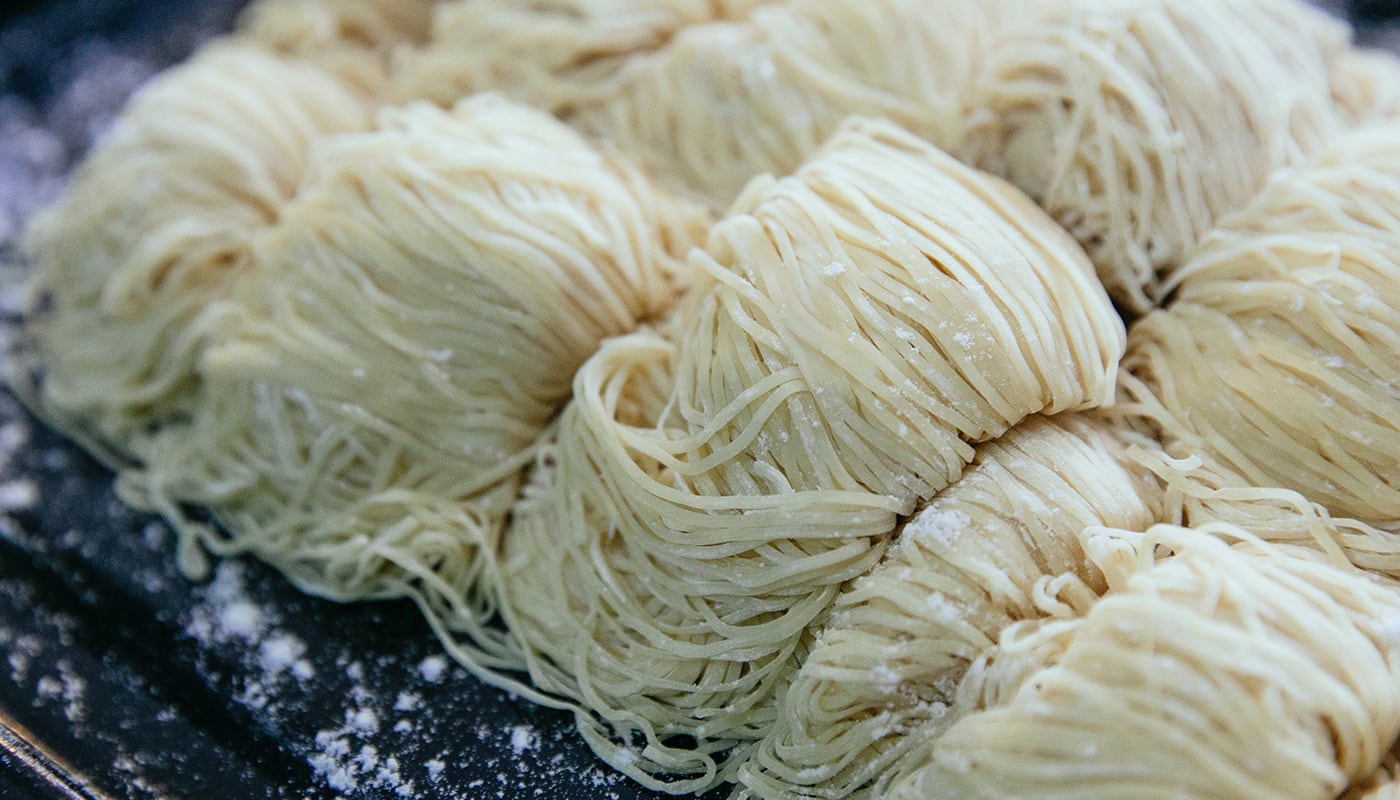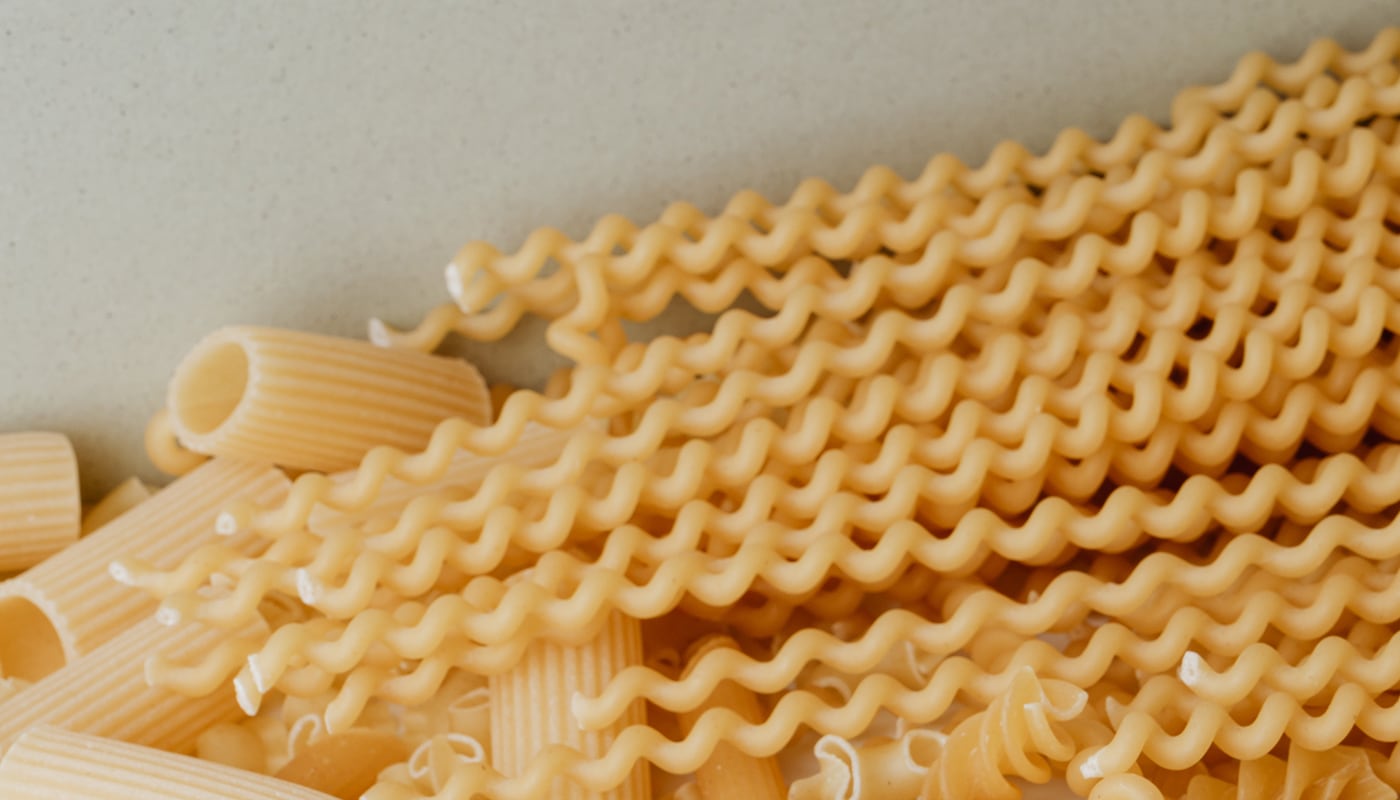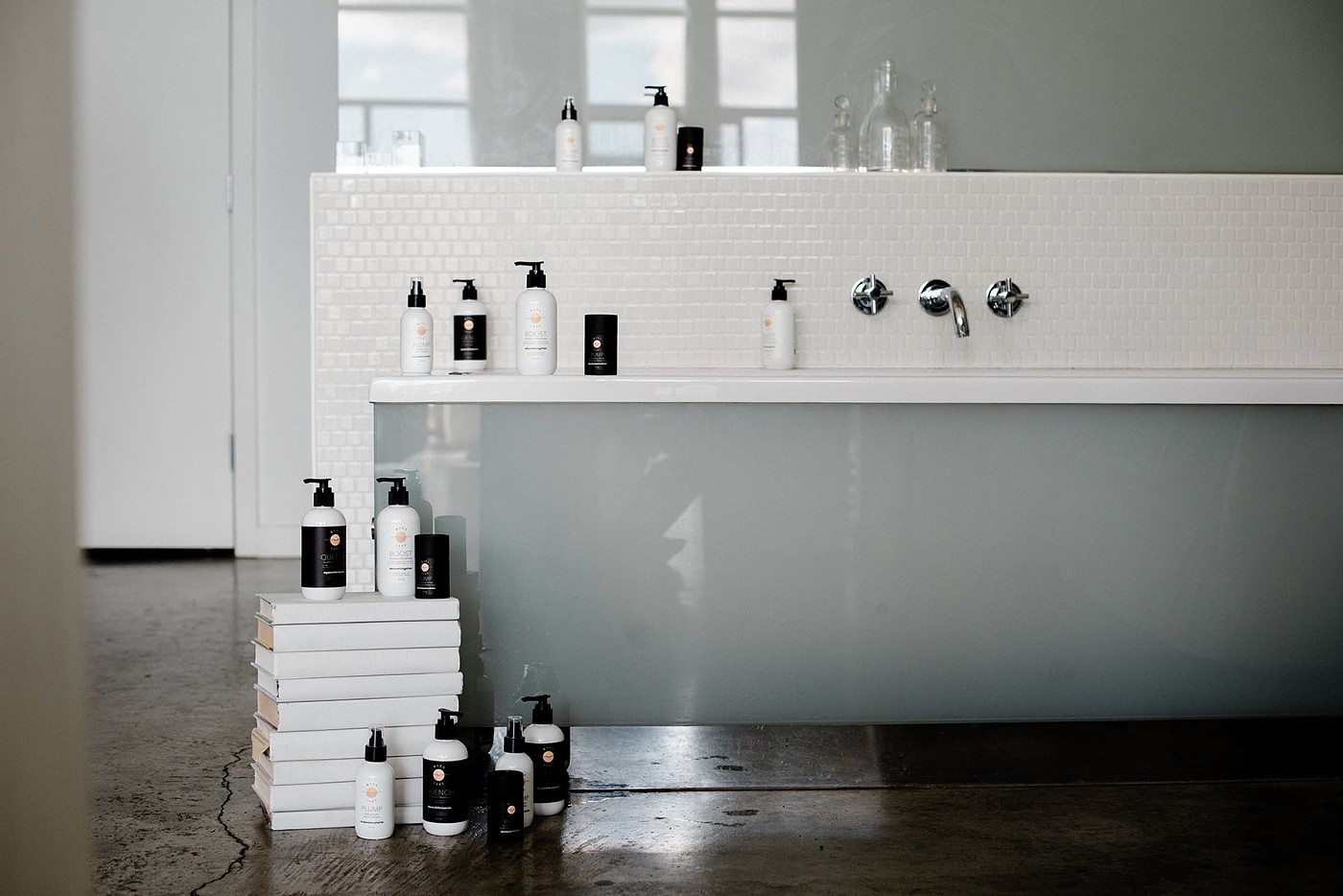The Fine Anthology: Installment #1
How Can You Tell If You Have Fine Hair?
Do YOU have fine hair? Learn from a professional stylist how you can determine your hair’s texture, type, subtype, and condition.
How a stylist determines your hair type – and why it matters.
After 20 years as a professional hairstylist, I’ve seen all types of hair. I've developed a quick way to self-test what kind of hair you have – and what kind of products you need.
My main objective is to discover hair texture, type, subtype, and condition.
For example, I can tell if a client is fine by:
- running my fingers through your hair (texture)
- asking you how well your hair holds a style (type/subtype)
- inquiring about any frustrations you might be experiencing (condition)
Why is it important to figure out your hair type?
Hair analysis offers important clues towards developing style strategy. The choices that we make will directly impact satisfaction and manageability.
Once texture and type have been identified, I will have enough information to choose a look and products that will be a good match for you.
Certain things just go together: pillowcases and silk, hair textures and products, hair types and styles.
Finally, the overall condition of your hair will show me what hot tips and tricks I can share with you to make your life easier and your hair happier. We’ll cover condition in a later article.
It’s not uncommon for the state of our hair to become a barometer for the vibe of our day. Wouldn’t it be perfect if prevailing winds could always blow from the direction of fabulous?
Well we can’t change the weather – but we can alter your beauty forecast.

We’re going to drop a bit of fine-hair love on you, and this article is going to start with determining if you have fine hair.
Do you know if you have fine hair?
Salons have long been a haven for beautification and personal clarification. We hear you and we’re here for you.
Today I’m going to ask you: “Are you fine?”
Common answers include:
- “I'm not really sure.”
- “Damn girl, my hair’s fine... As in, I’ve got some bad-ass, bomb hair!”
Or...
It could be that you have the other kind of fine hair. That “slip-out-of-every-bobby pin”, low-volume kind-of-hair.
If the latter is the case, it’s likely you are wishing it were the other way around. Don’t despair quite yet. Turns out, having the second version of fine hair isn’t as bad as you might think.
Fine hair is not only malleable, it is also manageable.
But let’s back up a sec and start with a quick course on how you can tell if your hair really is fine.

Wondering just what a stock photo of pasta has to do with hair? I guess you’d better read on!
Let’s determine your hair texture.
Not sure if your hair is fine? Don’t fret: many clients admit to not knowing much about hair classifications.
Figuring out your hair texture is the first step in the process of making critical decisions regarding style and product choice.
Texture is a classification that uses circumference, width, and diameter to categorize hair shafts.
So when you ask me about what kind of hair you have, I usually look at your hair texture first: I want to determine whether you have fine hair, coarse hair, or something in-between.
After all, we want to work with your hair, not against it. Understanding hair texture will most definitely help you have a better relationship with it.
Texture doesn’t discriminate by gender. It’s equal-opportunity and genetics-based. We can’t change the size of the follicles that we were born with, but we can learn how to best capitalize on our natural state.
In life, I’ve found that many things worth explaining can be related to Italian cuisine... This includes your hair and its texture classification.
So let’s talk texture. Find yourself some candlelight and meatballs because we’re about to indulge in a comparison of noodles to shafts.
Noodles, hair shafts, and a less-than scientific approach to determining hair texture
Hair reminds me of pasta. There are multiple widths, lengths, and curves. It’s beautiful, often messy, and capable of becoming art.
With both noodles and shafts, there are multiple shapes and thicknesses. Call them all delicious carbs, but don’t forget to recognize the obvious differences in structure.
Take for example the widths of angel hair, spaghetti, and bucatini.
These three representations of hair textures are akin to fine, medium, and coarse hair, respectively. Angel hair pasta has a thinner diameter, like fine hair, relative to bucatini, which is thicker, like coarse hair.
Of course, these are good conceptual representations but in reality hair shaft circumference happens on a much more micro scale:
- If your hair shaft is smaller than a sewing thread, it would be classified as fine
- If the shaft size is more like a thin fishing line, it’s coarse
- Anything in the middle gets to be classified as medium
So run your fingers through your hair, fondle those shafts, and see if you can figure out where you’re at on the texture scale.
Just remember that I can make you blonde if you were born brunette, or take you to poker straight from kinky, but no amount of skill or product can change your follicle size.
You’ll want to read our article on learning more about the fullness factor, which also relates to your potential, as does your type. Hey, wait a minute! So...

Annnnnd we’re back to the pasta thing again. Maybe I need to break for lunch.
Consider your hair type as well.
Stylists also divide hair into types, which is a classification beyond texture. Think straight, wavy, curly, and kinky. (I know some of you just started thinking about your dating profiles, but focus!)
Then, just to keep us wonderfilled, there’s also subtypes of types (Hey, stop thinking about dating!).
Waves, tousles, bends, ringlets, and coils all have their places within the hair spectrum.
Types and subtypes are important because we want to understand the big picture and realize that there are various combinations of textures and types.
In fact, you MIGHT say that there are as many combinations of hair types as there are Italian dinners.

The first time you try our everyday products, I predict that you will be calling all your fine-hair friends to tell them that with Mara Jade, happy surprises happen.
Stock up on the Mara Jade line of fine-hair products.
We want to help you cultivate the glowing salon experience in your everyday life. Mara Jade has created a specific product line designed to ensure that fine people feel that way too.
Mara Jade showcases 20+ years of experience and knowledge in a product line dedicated to fine hair. I’ve taken the passion I feel for my craft to the next level by personally developing everyday products for everyday people.
Remember that ALL of Mara Jade's products are designed to give fine hair volume, lustre, and hydration:
- Use Mara Jade BOOST shampoo to boost stronger hair
- Use Mara Jade QUENCH conditioner to quench thirsty ends
- Use Mara Jade PUMP dry volume powder to pump up your volume
- Use Mara Jade PLUMP styling serum to make skinny hair feel fat
Keep up with the Fine Hair Anthology.
As a stylist with fine hair, I am here to help you choose the ingredients and methods that you need to elevate your hair to “Bellissimo”!
I hope this mini-course helped educate you on how to tell if you have fine or fine hair, and what you can do if it’s the latter.
A smart cut, targeted nutrition, and styling strategies will help you make the most out of your fine hair. I've written the Fine Hair Anthology to pump up your spirits – and your volume – with hot tips to help you enjoy all your best hair days.
Thanks for reading!

